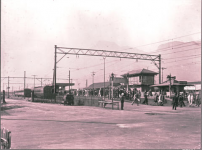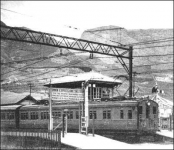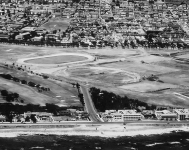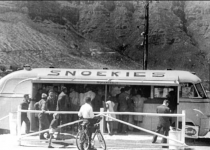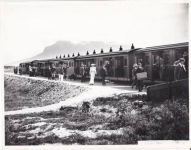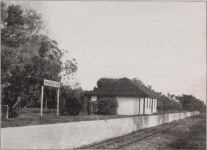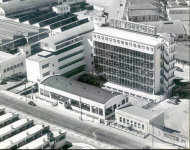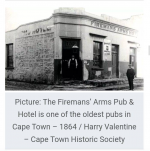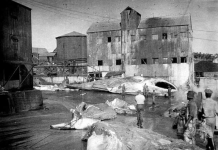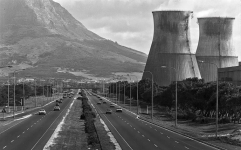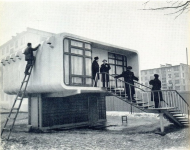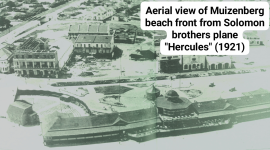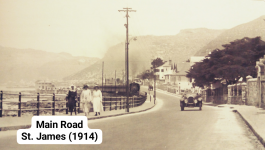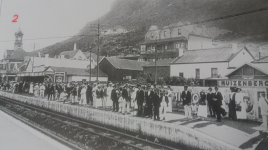You are using an out of date browser. It may not display this or other websites correctly.
You should upgrade or use an alternative browser.
You should upgrade or use an alternative browser.
History
- Thread starter satanboy
- Start date
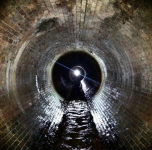
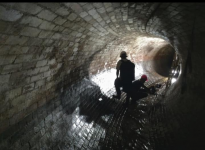
The underground tunnels of Cape Town.
About 2,000 years ago the indigenous people of the Cape of Good Hope - the Khoi - discovered streams of fresh water running down from Table Mountain, which they called "Camissa" - which means Place of Sweet Waters.
With the Dutch arriving in 1652, they too saw a plethora of spring water from the mountain. They started building tunnels which ran from the mountain to supply drinking water to the company gardens, the Castle of Good Hope and to many ships passing by in our bay. Later these rivers were flowing throughout the City and soon small walkway bridges were built over them with oak trees supplying shade for people.
As our City grew with more and more people, these tunnels soon became a transport for sewerage and in 1895 they were closed up because of a health hazard and soon forgotten about.
Today one can do tours underground of these tunnels which supplied water to many parts of our city and one can even do ghost tours.
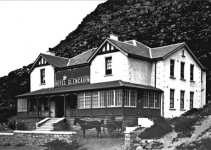
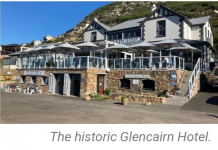
The Glencairn Hotel was built during 1904-1905 by the Scottish architect John Parker : 1866-1921.
The Glencairn Hotel has survived much adversity over the years. After seeing great success between the 1920s and 1940s, the building became dilapidated and run down until being rescued in the late 50’s. It was then renamed the Glen Adinda Hotel, after the Great Dane that was married to Just Nuisance, the world-famous Simon’s Town Able Seaman Navy Dog and the very elegant restaurant was named Wilhelmina’s, after their pup
Seldom Bucket
Well-Known Member
Wow, had no idea of this. Thank you for the readView attachment 38675
View attachment 38676
The underground tunnels of Cape Town.
About 2,000 years ago the indigenous people of the Cape of Good Hope - the Khoi - discovered streams of fresh water running down from Table Mountain, which they called "Camissa" - which means Place of Sweet Waters.
With the Dutch arriving in 1652, they too saw a plethora of spring water from the mountain. They started building tunnels which ran from the mountain to supply drinking water to the company gardens, the Castle of Good Hope and to many ships passing by in our bay. Later these rivers were flowing throughout the City and soon small walkway bridges were built over them with oak trees supplying shade for people.
As our City grew with more and more people, these tunnels soon became a transport for sewerage and in 1895 they were closed up because of a health hazard and soon forgotten about.
Today one can do tours underground of these tunnels which supplied water to many parts of our city and one can even do ghost tours.
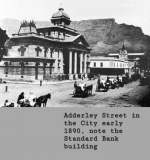
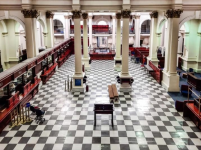
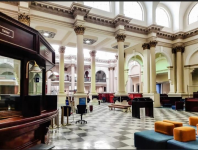
This iconic stone building was designed by the renowned nineteenth-century architect Charles Freeman, who not only designed the Methodist Church on Greenmarket Square in 1878 but he was also responsible for the Grand Hotel that once stood on the corner of Adderley and Strand in 1894 (a frequent of my favourite doggie on this planet, the Late Able Seaman Just Nuisance in the early 1940's)
This Standard Bank building served as the bank's headquarters for 68 years. The bank moved its head office from Port Elizabeth (present-day Gqeberha) to Adderley Street in Cape Town four years later.
The 140-year-old building at 13 Adderley Street was constructed in 1881 - also known as Queen of Adderley - has been standing vacant for the past decade.
Before it was sadly auctioned off in October 2023, talks were in full swing to turn this building into an At Gallery to serve the greater Cape Town, however, it was auctioned off by Aucor to the highest bidder. No one knows what the bid amount was though. We do know that to maintain this beautiful structure set someone back R50 000.00 every month in rates and taxes!
Düber
Well-Known Member
- Joined
- Jul 20, 2020
- Messages
- 1,542
I'm so glad this has stopped.View attachment 38830
The Donkergat Whaling Station, Langebaan, early 60's.
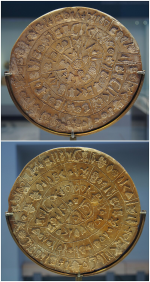
The Phaistos Disc or Phaistos Disk is a disk of fired clay from the island of Crete, possibly from the middle or late Minoan Bronze Age (second millennium BC), bearing a text in an unknown script and language. Its purpose and its original place of manufacture remain disputed. It is now on display at the archaeological museum of Heraklion. The name is sometimes spelt Phaestos or Festos.
The disk was discovered in 1908 by the Italian archaeologist Luigi Pernier during the excavation of the Minoan palace of Phaistos. The disk is about 15 cm (5.9 in) in diameter and is covered on each side with a spiral text, consisting of a total of 241 occurrences of 45 distinct signs, which were created by pressing individual sign stamps onto the soft clay before firing. While its unique features initially led some scholars to suspect a forgery or hoax, the disk is now generally accepted as authentic by archaeologists.
This mysterious object captured the imagination of amateur and professional palaeographers, and many attempts have been made to decipher the code behind the disc's signs. While it is not clear that it is a script, most attempted decipherments assume that it is; most additionally assume a syllabary, others an alphabet or logography.
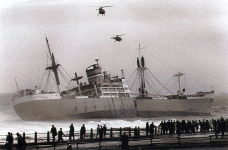
The SA Seafarer ran aground in a terrible winter storm about 50 metres off the Green Point Lighthouse parking lot on 1 July 1966. The event caused a serious environmental scare because the ship’s cargo included drums of tetra-ethyl lead which emits a poisonous gas when in contact with water. The vessel had 63 crew members and 12 passengers on board and it seemed unlikely anyone would survive if they landed up in the raging sea.
Third Officer Richardson had his wife and six-month old daughter on board, coming out to South Africa as immigrants. Little did they know when they left England that the last part of their journey would be by helicopter. Pilots of the 17th Squadron, Maritime Group, were the heroes of the day. Three Alouette choppers were employed, taking off all the passengers and crew without any loss of life. The rotating beam of Green Point Lighthouse was stopped and directed at the hapless ship to provide illumination for the helicopter crews.
Due to the presence of the tetra-ethyl lead, the Mouille Point beachfront was closed to the public for a few days until divers were able to locate the drums, and found them intact. Today, the remains of the Seafarer lie on the seabed and resemble a junkyard, with its huge propeller shaft and countless machine parts strewn about.
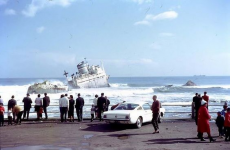
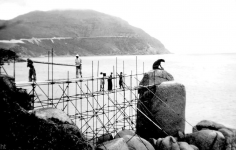
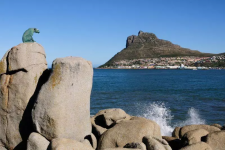

The Bronze Leopard of Hout Bay - Secret Cape Town
Have you spotted the infamous bronze leopard of Hout Bay while taking a drive along Chapman’s Peak Drive? If not, you should definitely ...

